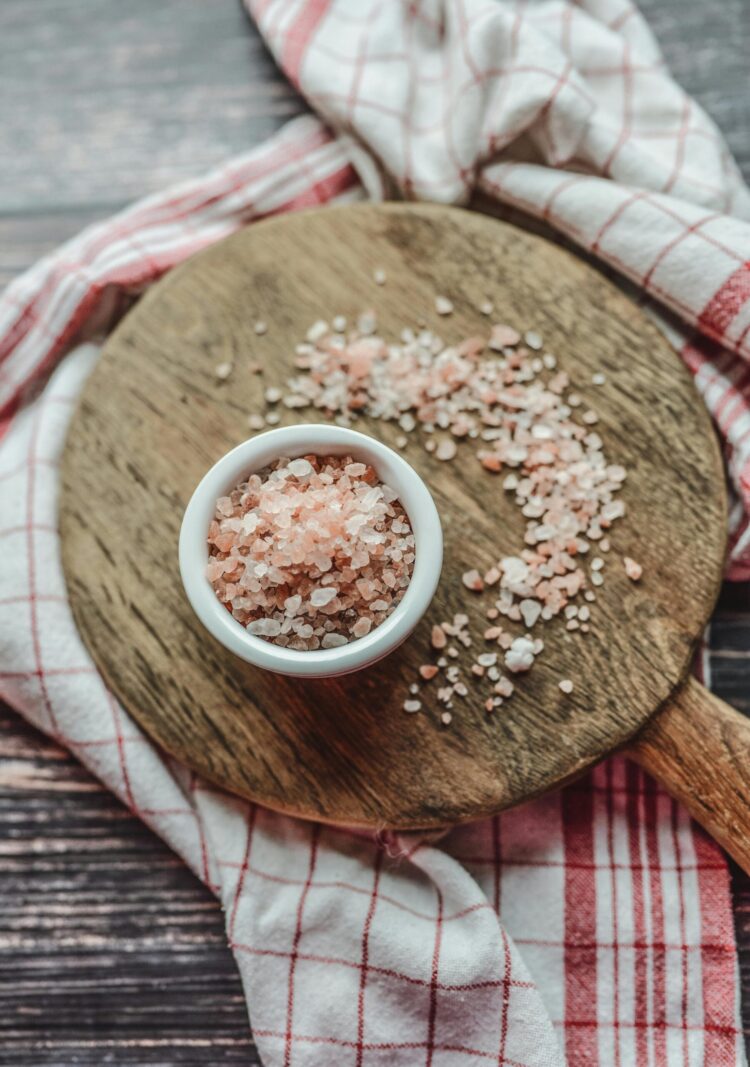The Best Ways to Store and Preserve Your Pink Salt
Pink salt, particularly Himalayan pink salt, is a natural treasure known for its mineral-rich composition and numerous health benefits. It is widely used in cooking, skincare, and even for decorative purposes like salt lamps. However, to ensure your pink salt retains its quality, flavor, and health benefits over time, proper storage is essential. In this blog, we’ll explore the best ways to store and preserve pink salt, while addressing frequently asked questions and myths about its usage.
Why Proper Storage Matters
Pink salt is a natural mineral that absorbs moisture and odors from its surroundings due to its hygroscopic properties. Improper storage can lead to clumping, contamination, or loss of its signature flavor and health benefits.
Best Practices for Storing Pink Salt
- Use Airtight Containers
Store pink salt in airtight glass or plastic containers to prevent moisture and odor absorption. Mason jars with tight lids are ideal. - Keep Away from Humidity
High humidity can cause pink salt to clump or dissolve. Store it in a cool, dry place like a pantry or kitchen cabinet. Avoid areas near sinks, stoves, or refrigerators. - Avoid Metal Containers
Metal containers can react with the salt, altering its taste and quality. Always opt for non-reactive materials like glass or ceramic. - Separate Storage for Flavored Salt
If you’ve infused your pink salt with herbs or spices, store it separately to maintain the integrity of the flavors. - Protect from Sunlight
Direct sunlight can cause discoloration or degradation of the minerals in pink salt. Store it in opaque or tinted containers for added protection.
FAQs About Pink Salt
Can pink salt expire?
Pink salt is a natural mineral that doesn’t spoil or expire. However, improper storage can affect its quality. Keeping it in a dry, airtight container ensures it remains fresh indefinitely.
Are pink salt and sendha namak the same?
Yes, pink salt and sendha namak are types of rock salt. While both are natural and rich in minerals, pink salt is specifically sourced from Himalayan salt mines.
Can pink salt cause high blood pressure?
Pink salt contains less sodium than table salt and is free of additives, making it a healthier alternative when used in moderation.
Can pink salt be used for cooking?
Absolutely! Pink salt enhances the flavor of dishes and can be used in cooking, grilling, or seasoning.
Which is better, pink salt or white salt?
Pink salt is healthier than white table salt due to its unrefined nature and higher mineral content.
Benefits of Pink Salt
- Rich in Minerals: Contains over 84 trace minerals, including magnesium, potassium, and calcium.
- Detoxifies the Body: Pink salt is believed to flush out toxins and balance electrolytes.
- Supports Skin Health: Used in baths or scrubs, it rejuvenates and hydrates the skin.
- Improves Digestion: When consumed in moderation, it promotes better digestion and nutrient absorption.
Common Myths and Warnings
Are pink salt lamps good for you?
Pink salt lamps are believed to purify air and boost mood. However, scientific evidence is limited. Keep them away from pets, as licking the lamp can lead to salt toxicity.
Is pink salt bad for health?
Pink salt is safe and healthy when consumed within recommended limits. Overuse, like any salt, can have adverse effects.
Conclusion
Proper storage of pink salt ensures it remains fresh, flavorful, and beneficial for health. Whether you’re using it for cooking, skincare, or decorative purposes, following these simple tips will preserve its quality for years to come. Embrace the natural goodness of pink salt and make it a staple in your lifestyle.
#PinkSalt #HimalayanSalt #HealthyLiving #NaturalMinerals #PinkSaltBenefits #WellnessTips
